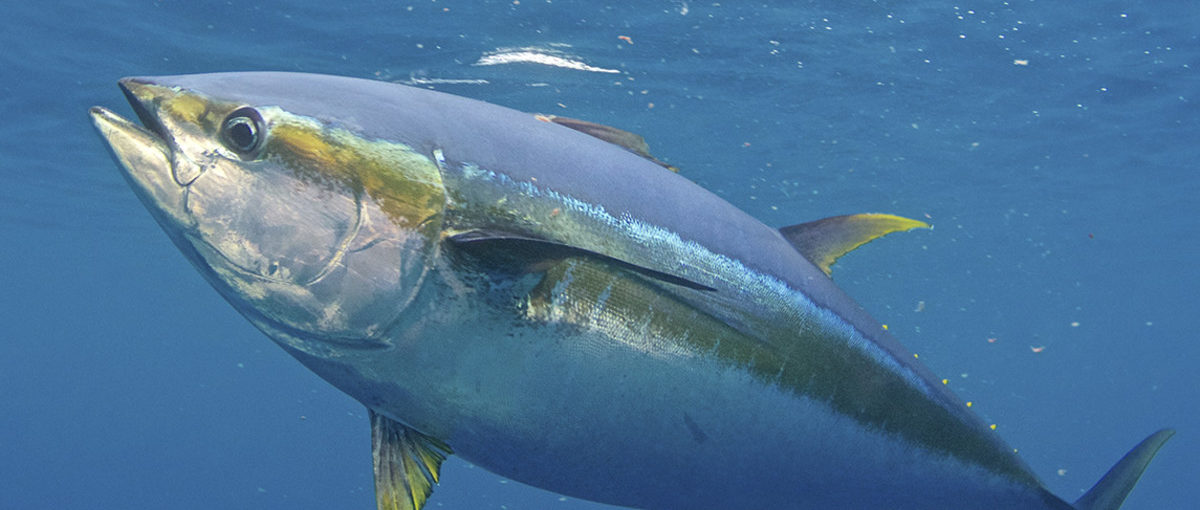Costa Rica tuna decree seems to be working
 Published for the Tico Times
Published for the Tico Times
Todd Staley June 10, 2019
Tuna are making a comeback in areas of Costa Rica protected from Tuna Purse Seine commercial fishing boats.
Statistics are beginning to show what people fishing on the water already knew: Fish stocks are improving in areas where tuna purse seine boats are prohibited.
Purse seiner boats are large foreign vessels that fish Costa Rica waters with nets for yellowfin tuna. Often, their bycatch (incidental capture) is marlin, sailfish, wahoo, dorado, sharks, turtles and marine mammals.
In 2014 the Federacion Costarricense de Pesca (FECOP) drafted a Tuna Decree — later passed by President Luis Guillermo Solís — that pushed tuna seiners out 45 miles from shore and protected other important areas for a total of 200,000 square kilometers of territorial waters. A 2018 FECOP study analyzed bycatch data from previous observer onboard records of the protected areas and discovered 25 tons of what would have been marlin bycatch were saved.
Dr. Marina Marrari, a specialist in marine biology and satellite data who spent part of her career working with NASA analyzing marine conditions around the globe, has recently joined the FECOP team and is beginning an ambitious project in analyzing previous catch data from sport-fishing fleets.
She has already received thousands of daily fish reports from Crocodile Bay, Marina Pez Vela, Los Sueños, Club Amateur de Pesca and several private charters. Some of the information goes back 20 years or more, but she welcomes as much as she can get. In science, the more data, the more accurate the results. Specializing in satellite data, she will also look at historic ocean conditions against catch records with a focus on historic El Niño and La Niña periods.
Photo Courtesy Zancudo Lodge
The study is just beginning, with only data from the Southern Zone complete. Some very interesting things are starting to appear. For example, fishing for pelagic species is much better without purse seiners in the area. It takes a little time to recover, but with management, fish stocks can recover. Also, preliminary results show El Niño periods affect some species differently. When sailfish numbers are down after an El Niño, marlin numbers are up.
There will be updates in The Tico Times or on FECOP’s website as Dr. Marina Marrari gets deeper into the project. Anyone wishing to contribute to the program by supplying historic catch data is greatly appreciated. You can do so by contacting Dr. Marina Marrari at: MMarrari@fecop.org.
Related Articles
Sport Fishing Generates Nearly 500 Million Dollars Annually in Costa Rica
Everything You Should Know About Sport Fishing in Costa Rica





















